site search
online catalog
GOOD LOOKING RIFLED AND SIGHTED .69 CALIBER H&P CONVERSION OF A POMEROY MODEL 1840 U.S. CONTRACT MUSKET

Hover to zoom

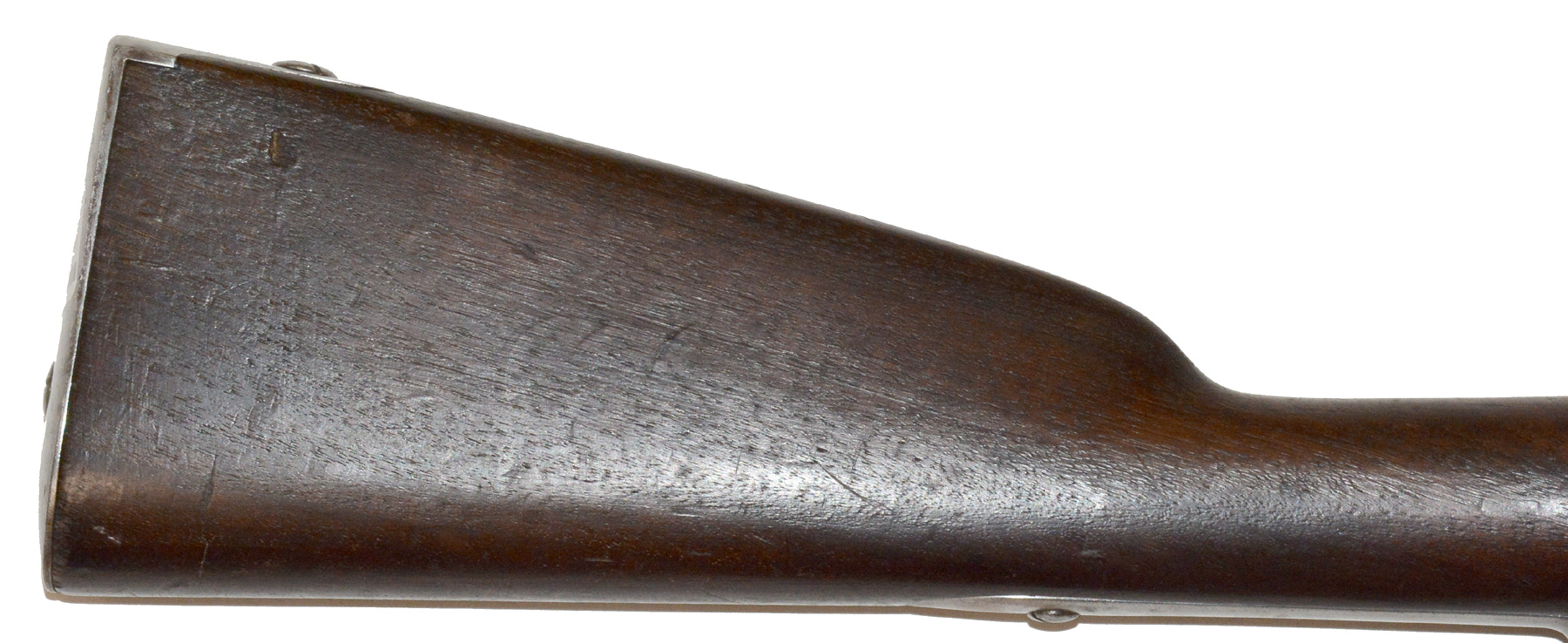


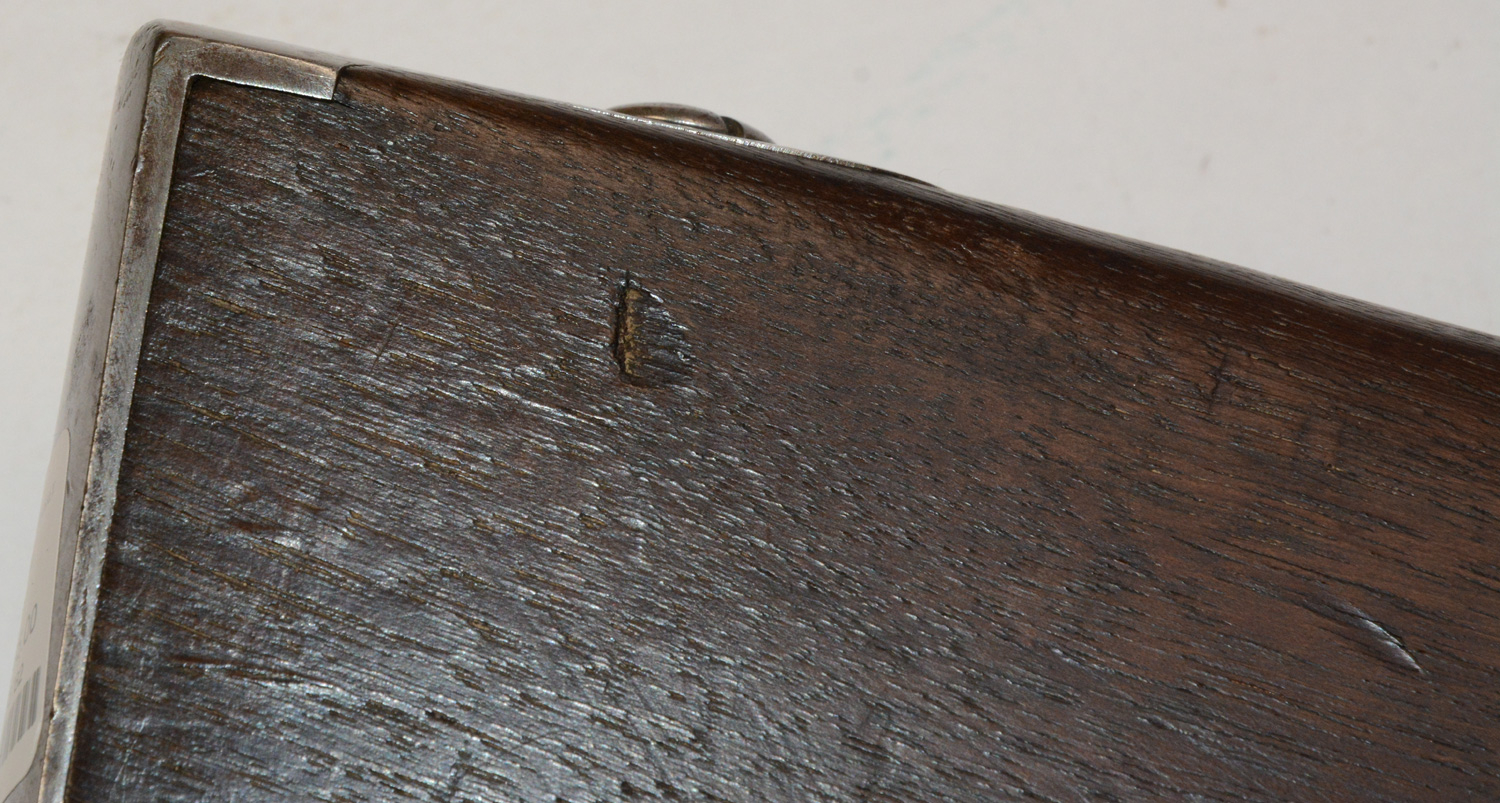
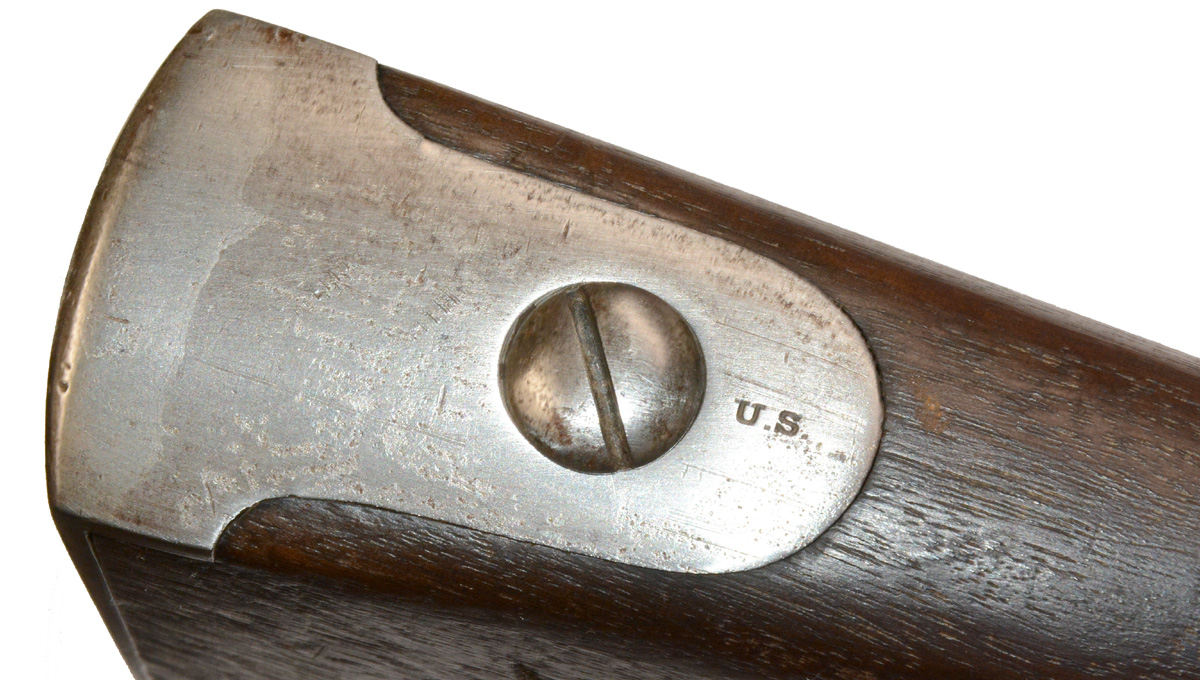
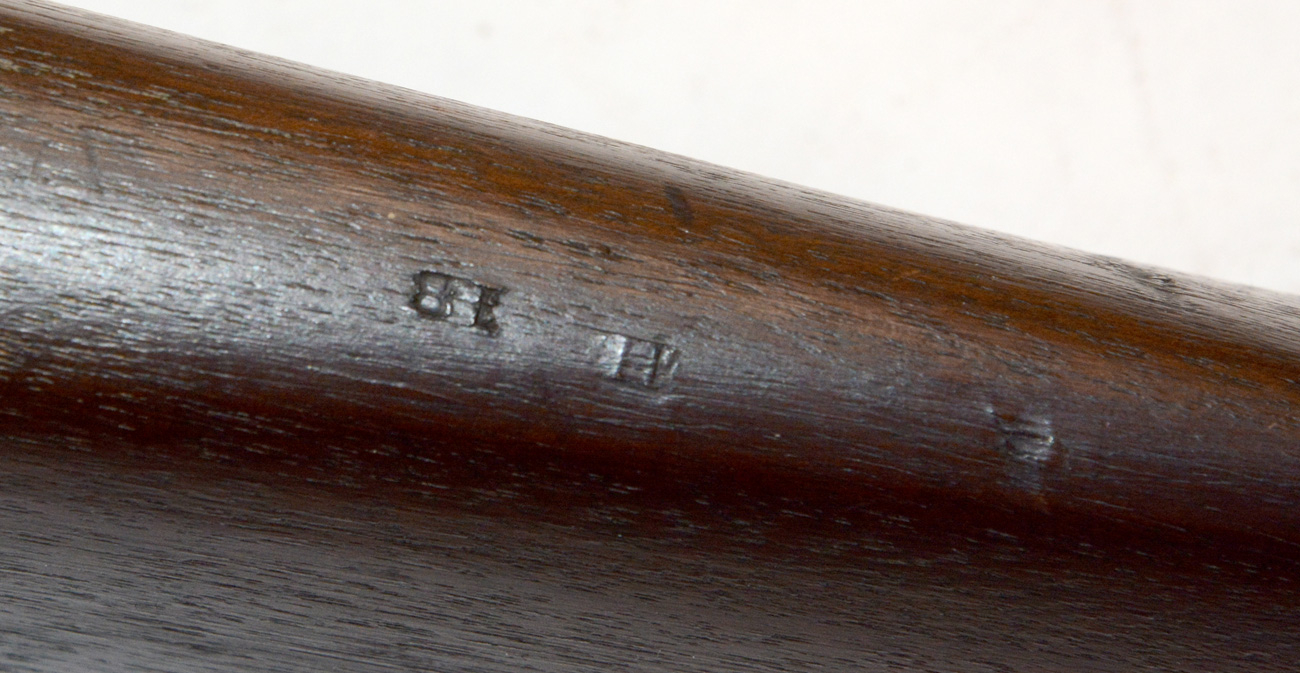
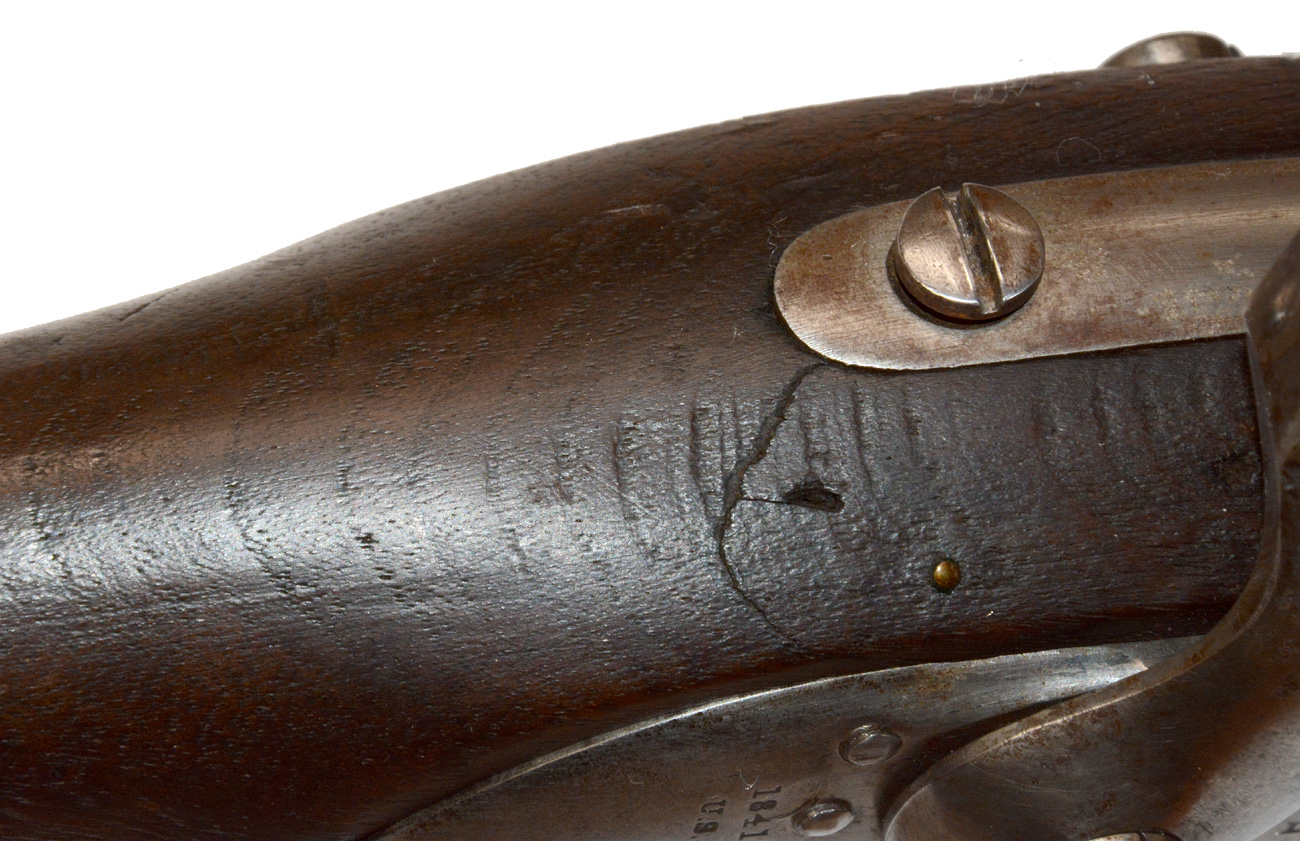
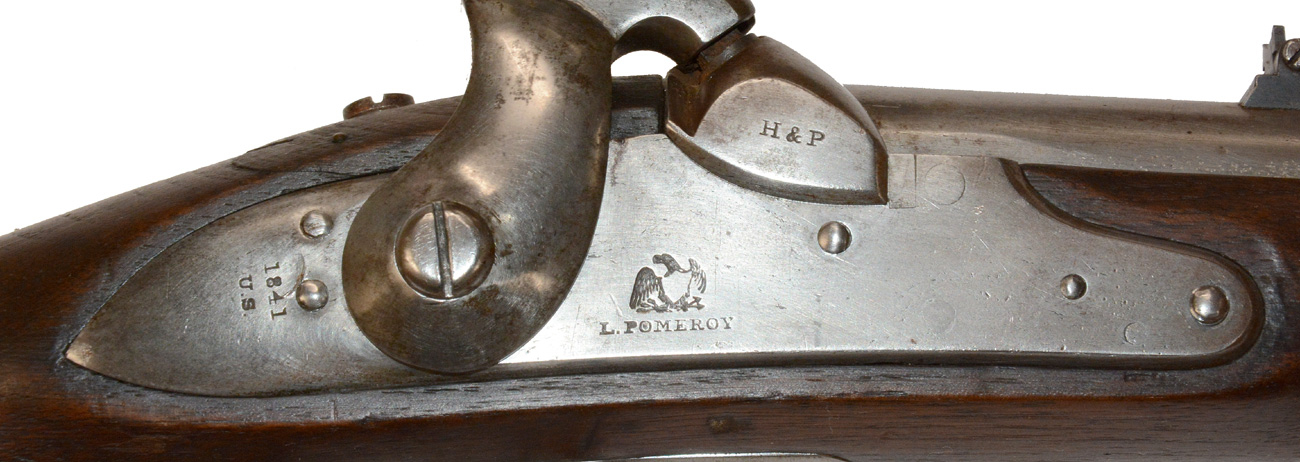
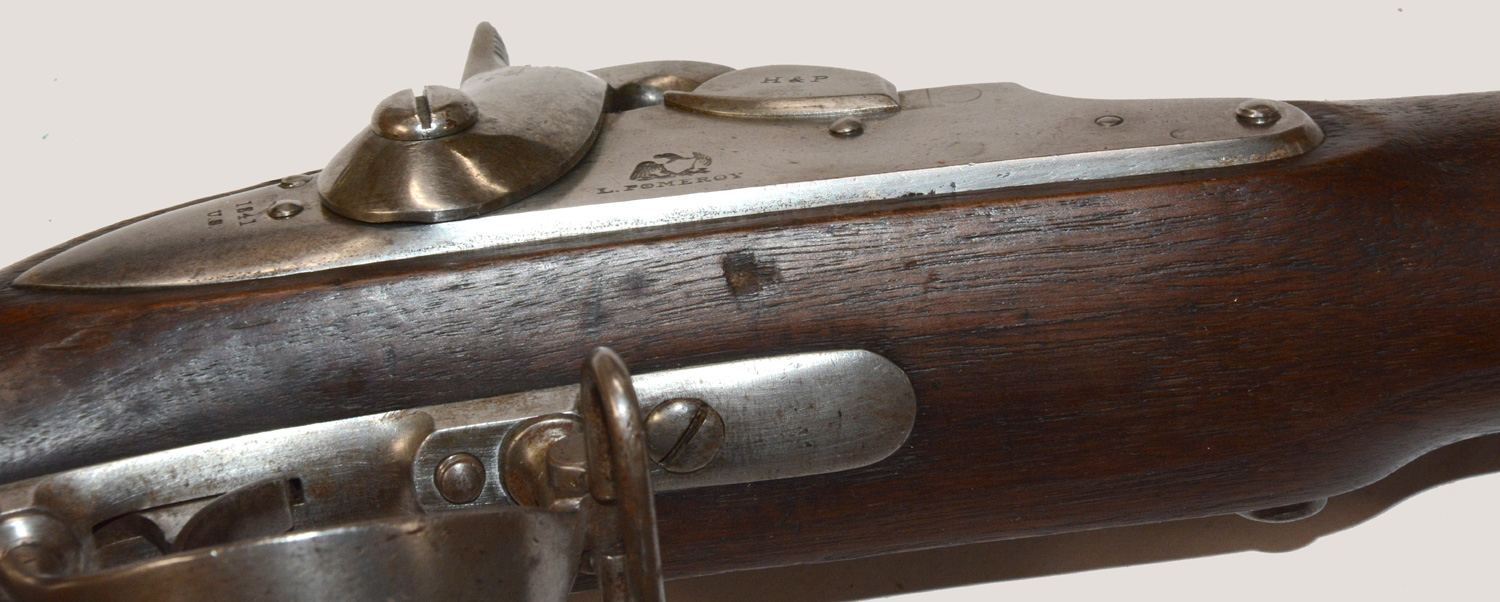
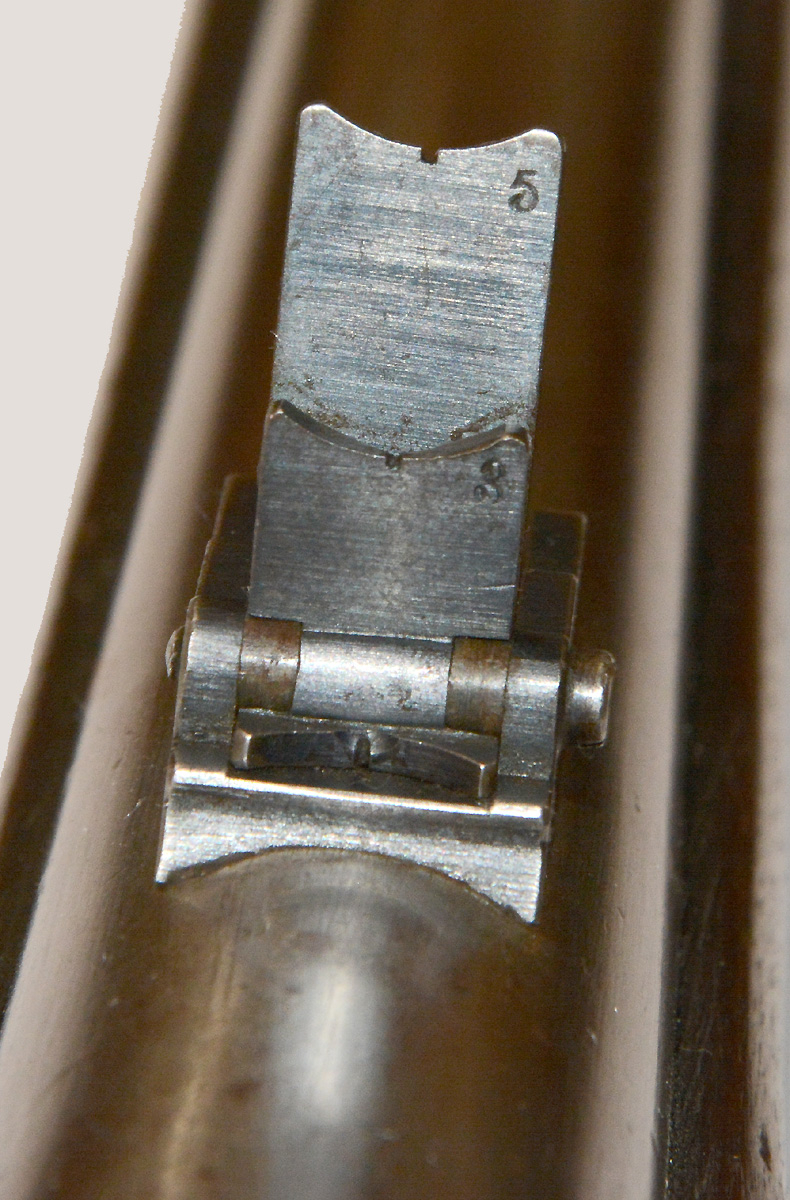
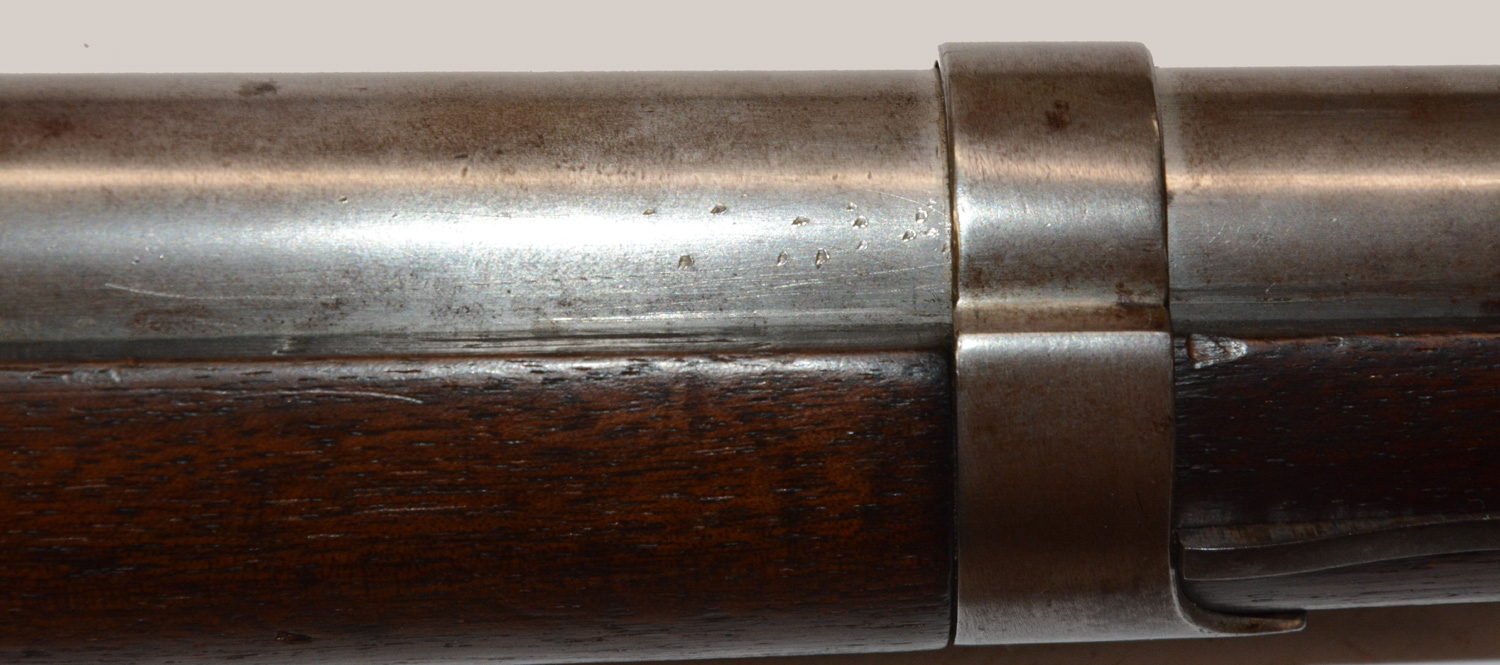
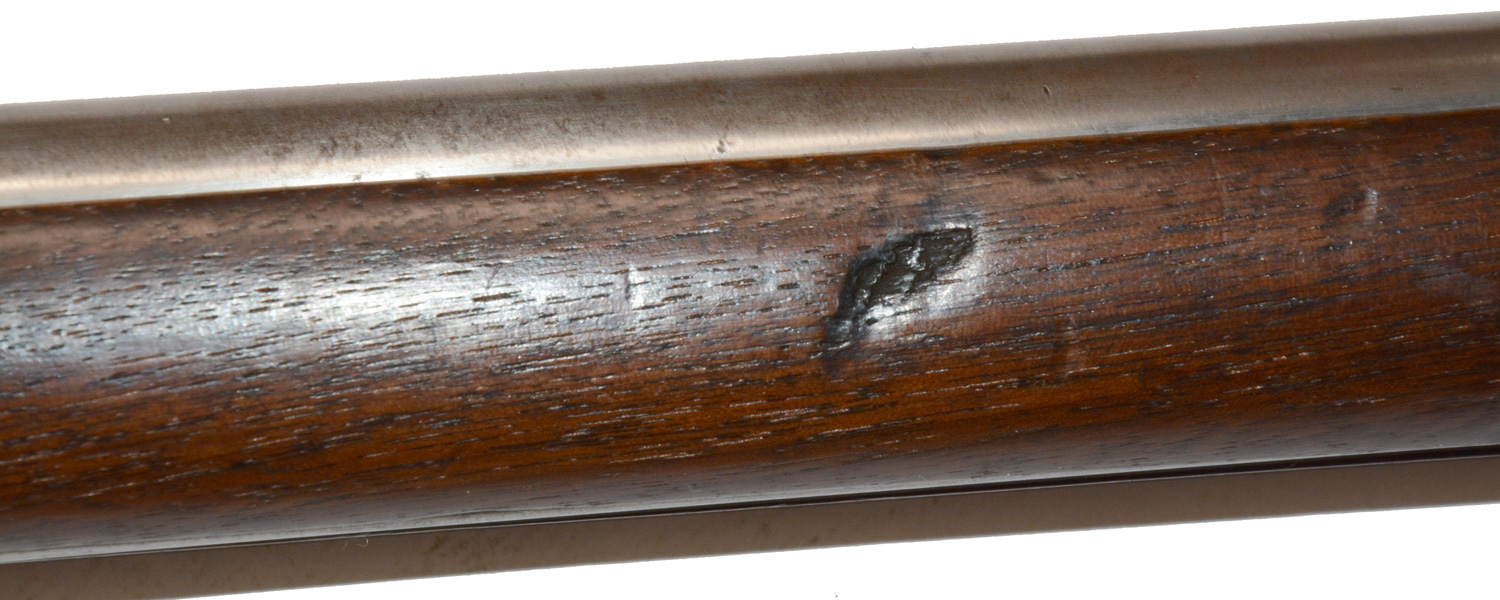
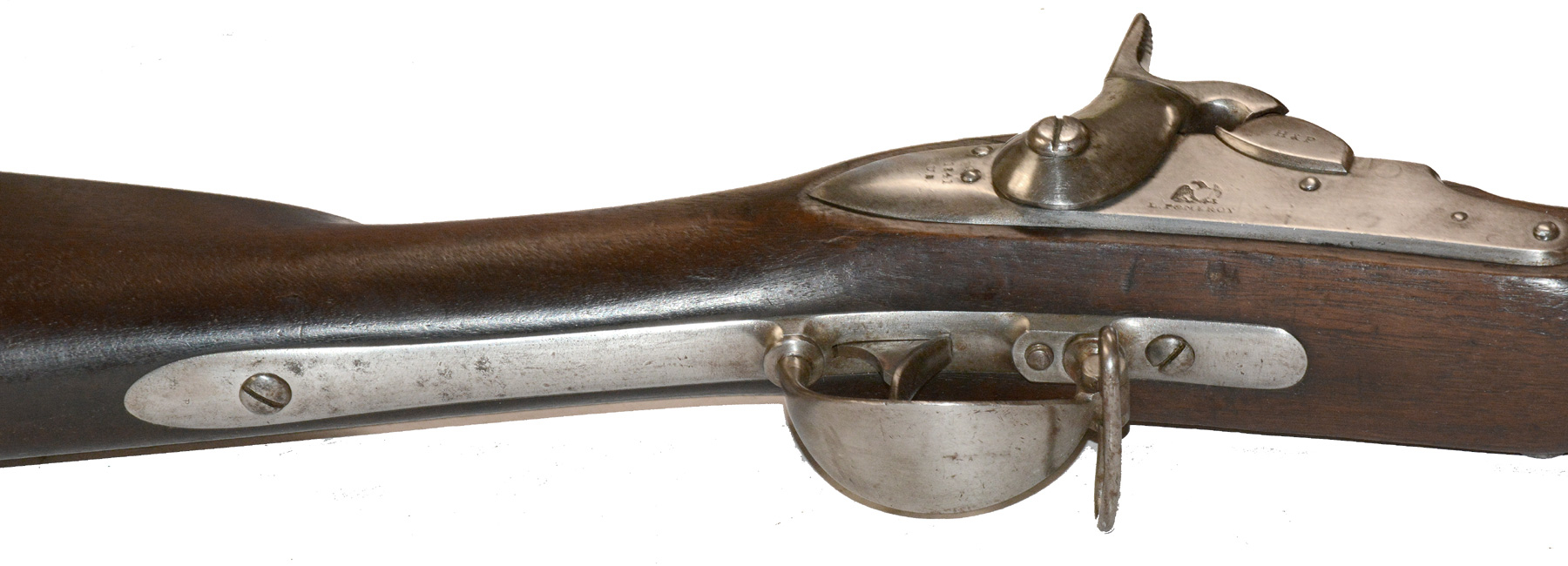
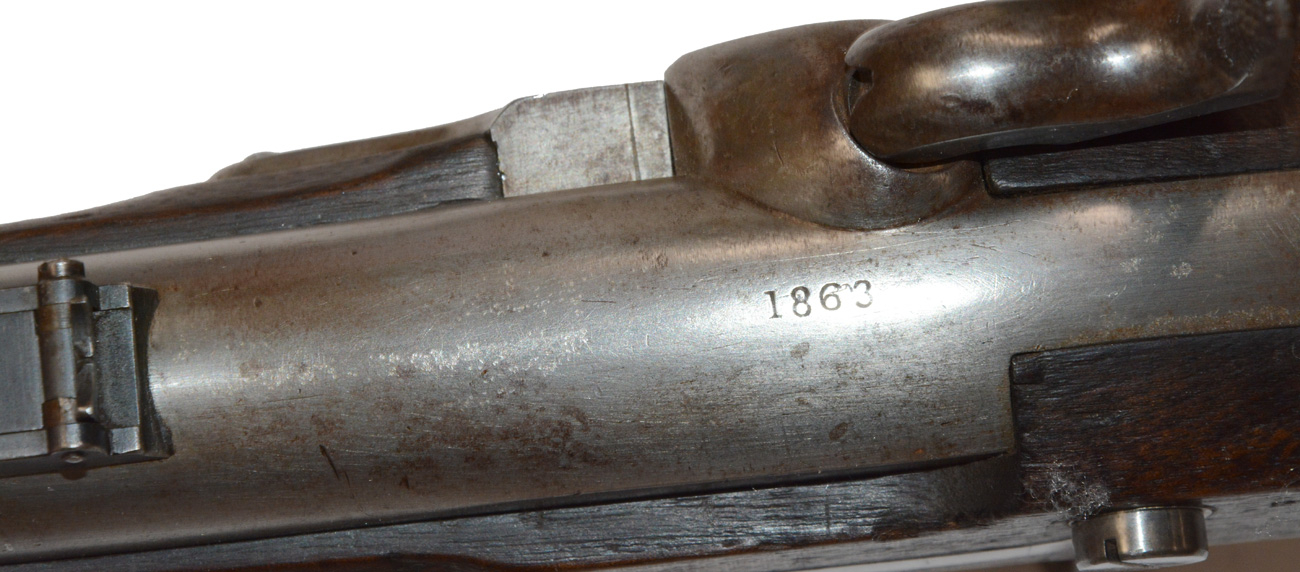
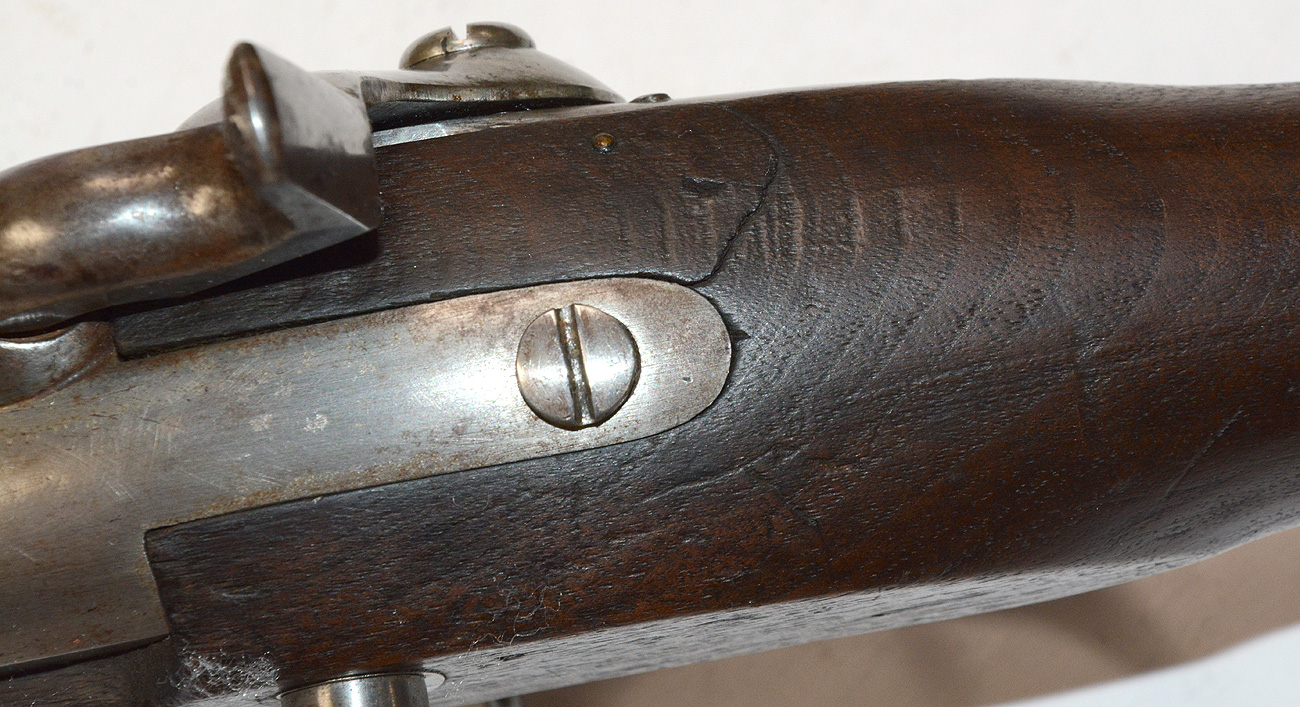
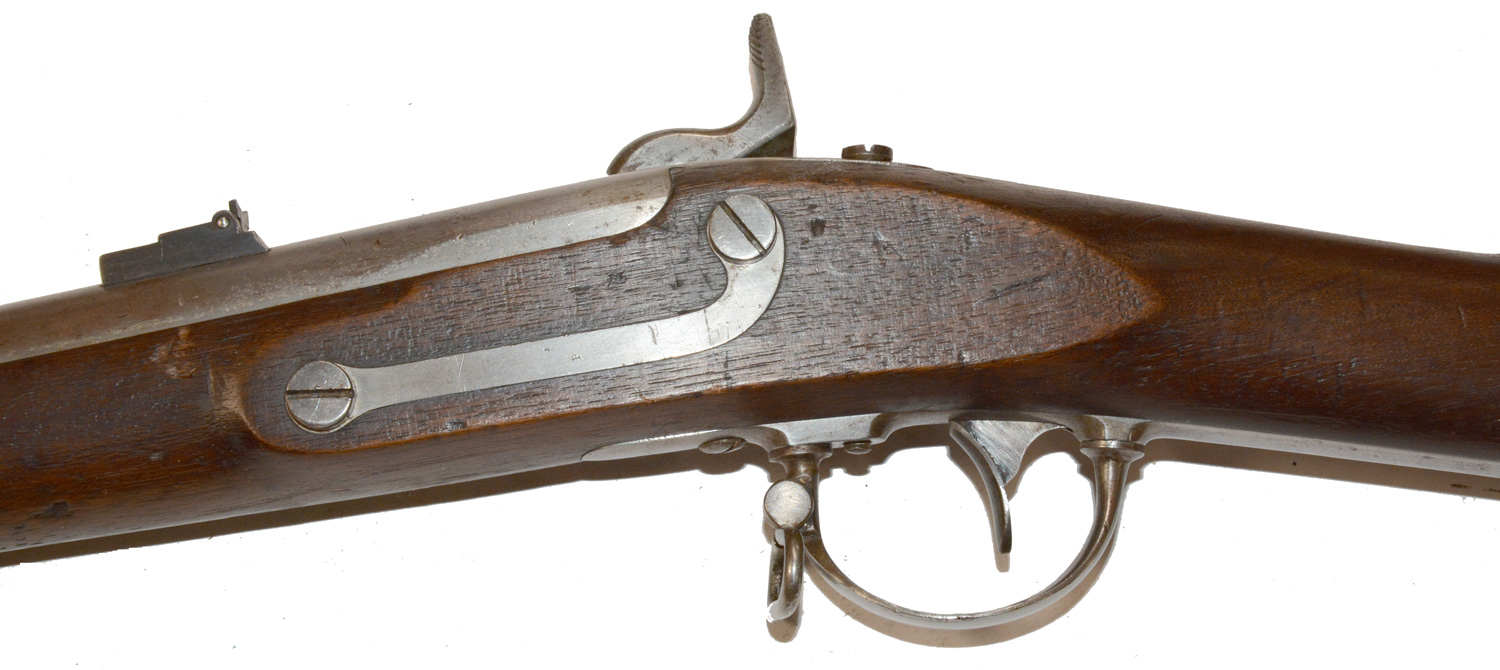
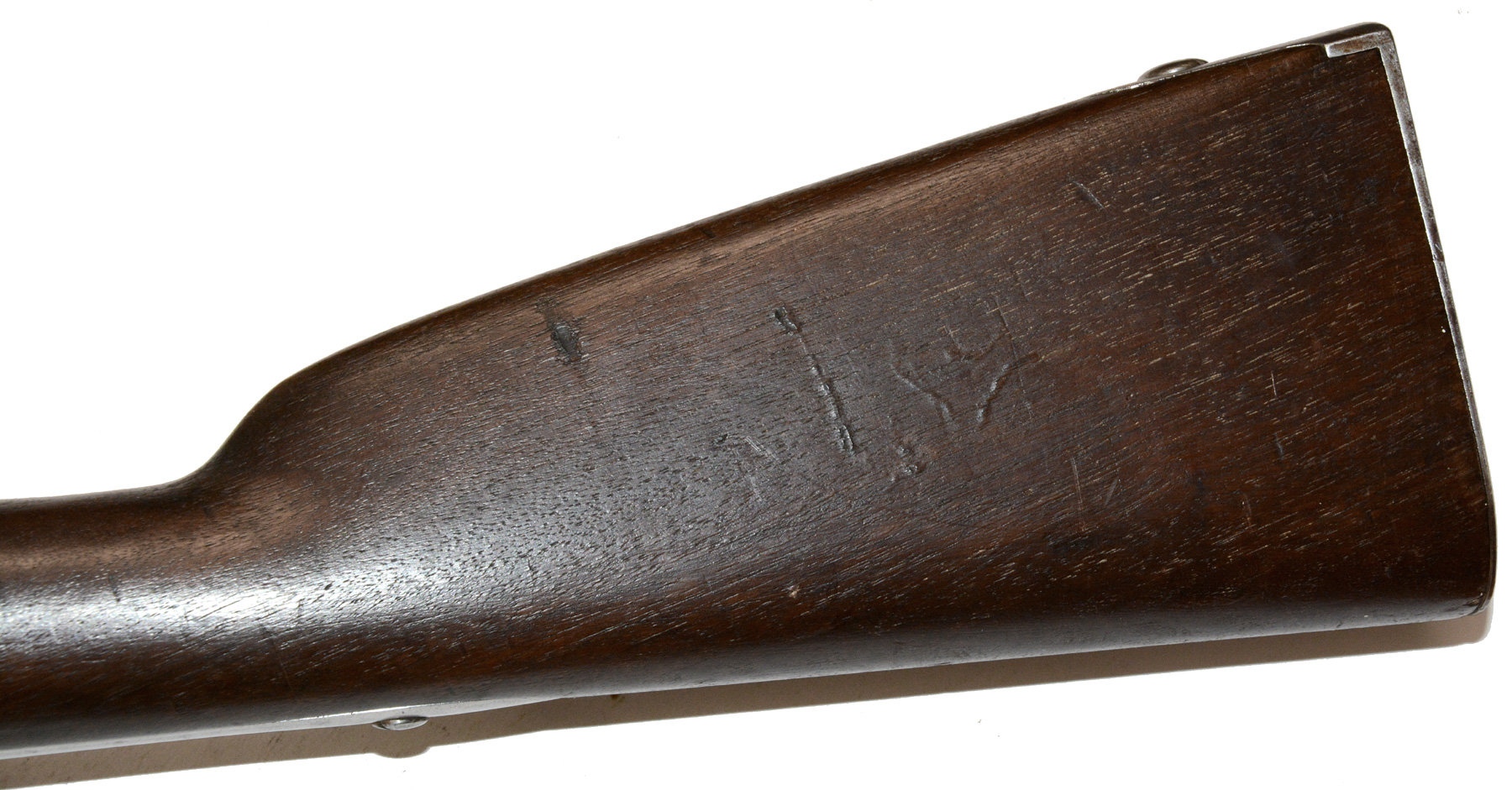

$1,995.00 SOLD
Quantity Available: None
Item Code: 172-5782
Arsenal alterations of flintlock muskets to percussion by the cone-in-barrel method had proven unsafe with the higher pressures generated by rifled arms firing the Minie ball. This is a very good example of a rifled and sighted percussion alteration by Hewes and Phillips, a steam engine manufacturer based in Newark, NJ, one of the contractors installing the new, safer “chambered breech” on arms that had not been altered already or re-altering those that had. In both cases, the job involved cutting off the barrel at the breech and installing a screw-in percussion breech that had an integral tang.
The musket altered here is an 1840 pattern contract musket by Pomeroy, one of only two contractors for the pattern, dated 1841, likely one 1,200 delivered to the government in 1841 on a contract for 6,000 signed in July 1840 and delivered from 1840 through 1845. Its hammer and bolster are the modified 1842 configuration used on this alteration, is fitted with an 1858 pattern rear sight, and has been rifled, which seems to have been considered safe with thicker barrels of the Model 1840 muskets. The bolster bears the H&P stamp, correctly does not have the clean-out screw used in the company’s alterations for the state of New Jersey, and the top of the chamber is dated 1863 near the hammer, making it one 12,127 altered by the company for the U.S., 8810 of which were delivered in 1863, all of which were listed as “re-altered,” that is: formerly altered to cone-in-barrel percussion and then altered by H&P to the chambered breech.
The rifled-musket is in very good condition with smooth metal in the bright, and good markings. The lockplate shows an “1841 / U.S.” stamp at rear and an American eagle over “L. Pomeroy” forward of the hammer near the lower edge, showing just a little rubbing from cleaning during the two alterations. The H&P and 1863 date are crisp. All bands, springs, rod, swivels, and sights are in place. The rear sight shows a nice thin blue. Both sight leaves are in place. The buttplate tang has a crisp small U.S. like that on the lockplate. The wood has good color and finish, a tight fit to the metal, and good edges to the lock apron, left side flat, etc., and shows various handling marks. The left side flat shows small handling dings and there is a light pressure dent and a shallow divot on the right forestock between the lower bands. A shallow crack runs from the breech tang to the upper edge of the lock plate with some check marks and a small pin used keep it from chipping out. The butt flats have some handling marks: a short deep scratch on the left below the buttplate tang screw, a small divot and some drag lines on the left.The action is crisp, with a strong mainspring. The nipple has been hammered flat. The bore however, is dark and dirty, and the rifling is worn.
Overall this is a good looking rifled-musket that displays very well and is a good example both of the government’s prewar efforts to bring earlier arms up to par with the 1855 series, and of the pressing need to get weapons into the hands of the large number of volunteers in the first two years of the war. Rifled muskets of .69 caliber were still regarded as regulation arms even at the end of the war, as evidenced by the .69 caliber Model 1864 cartridge boxes. [sr] [ph:L]
DISCLAIMER: All firearms are sold as collector's items only - we do not accept responsibility as to the shooting safety or reliability of any antique firearm. All firearms are described as accurately as possible, given the restraints of a catalog listing length. We want satisfied customers & often "under" describe the weapons. Any city or state regulations regarding owning antique firearms are the responsibility of the purchaser. All firearms are "mechanically perfect" unless noted, but again, are NOT warranted as safe to fire.
~~~~~~~~~~~~~~~~~~~~~~~~~~~~~~~~~~~
THIS ITEM, AS WITH ALL OTHER ITEMS AVAILABLE ON OUR WEB SITE,
MAY BE PURCHASED THROUGH OUR LAYAWAY PROGRAM.
CLICK HERE FOR OUR POLICIES AND TERMS.
THANK YOU!
Inquire About GOOD LOOKING RIFLED AND SIGHTED .69 CALIBER H&P CONVERSION OF A POMEROY MODEL 1840 U.S. CONTRACT MUSKET
Most Popular
Historical Firearms Stolen From The National Civil War Museum In Harrisburg, Pa »
Theft From Gravesite Of Gen. John Reynolds »
Selection Of Unframed Prints By Don Troiani »
Fine Condition Brass Infantry Bugle Insignia »
Large English Bowie Knife With Sheath 1870’S – 1880’S »
Imported (Clauberg) Us Model 1860 Light Cavalry Officer's Saber »
featured item
VERY RARE 1834 ENGINEER AND MEDICAL STAFF SWORD BY HENRY BOKER, BELONGING TO BREVET BRIGADIER GENERAL JOHN HENDRICKSON, WHO LOST A LEG AT FREDERICKSBURG, 83rd NEW YORK VOLS (9th NYSM) AND 13th V.R.C.
New patterns of swords for the U.S. army were developed from 1832 to 1834. This elegant smallsword pattern (variously called by collectors the 1832 or 1834 pattern) was designated for officers of Engineers and Medical Staff (and Pay Department as… (870-325). Learn More »


